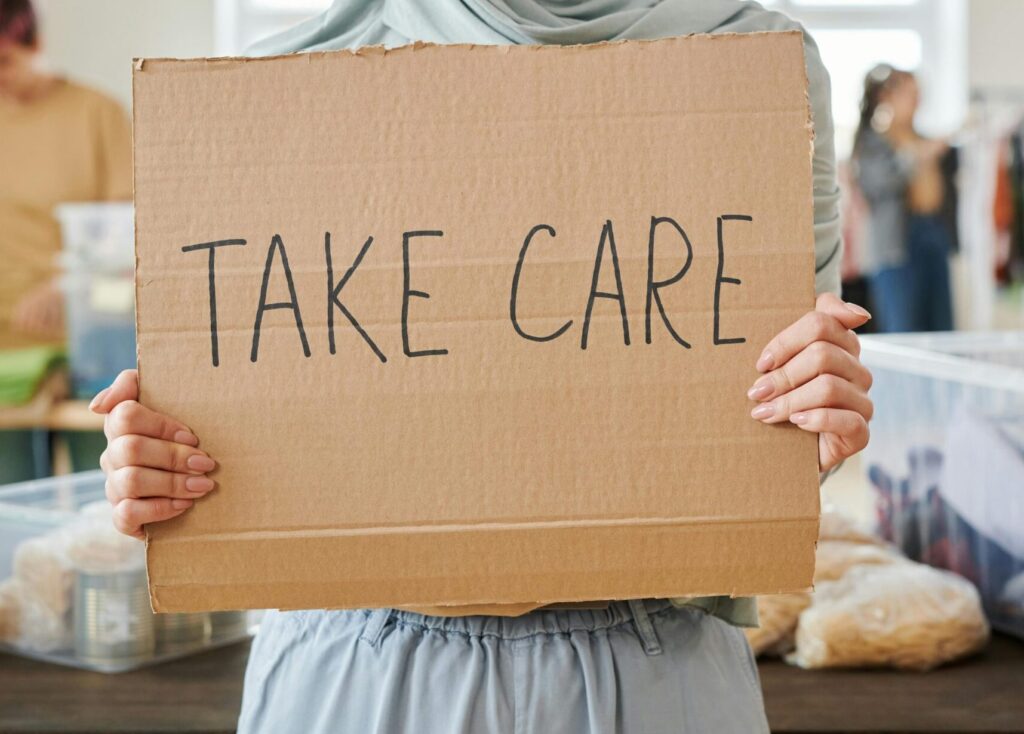Today’s family caregivers are ill-equipped to face the physical, emotional and financial challenges of supporting a growing population of terminally ill individuals, a new report has found.
Roughly 63 million Americans provide ongoing, complex care to adults or children with a medical condition or disability, according to a 2025 report from the National Alliance for Caregiving (NAC) and AARP. Representing nearly one-quarter of the nation’s adult population, the current volume of family caregivers has risen 45% since 2015, the report found.
The report’s findings illustrate a swelling prevalence of family caregiving and an urgent need for stronger support, according to NAC CEO Jason Resendez.
“With 63 million family caregivers providing an average of 27 hours of unpaid care weekly, they’re essential to health care delivery,” Resendez told Hospice News in an email. “Health care providers — in hospice and beyond — need to recognize that family caregivers are integral care team members, yet most lack formal training. This report identifies the gaps and shows us where to invest.”
Complex caregiving concerns
Family caregivers often lack sufficient training on managing their loved ones’ physical, emotional and logistical needs, a trend that is negatively impacting outcomes, according to Resendez. Among the most significant challenges is ensuring that caregivers have sufficient education and resources to help more medically complex loved ones for longer periods of time, he indicated.
Roughly 45% of individuals surveyed in the new AARP and NAC report indicated that they were in a high-intensity caregiving situation.
The report found that 55% of caregivers nationwide routinely perform medical tasks. However, only 22% of these individuals received training for medical or nursing tasks, while 11% of caregivers are trained in behavioral health management or providing assistance with activities of daily living (ADLs) and instrumental ADLs such as managing finances.
A large portion (96%) of the individuals who received training indicated that they felt well-prepared for caregiving tasks.
About 33% of caregivers expressed that they want health care professionals to assess their needs as caregivers, and 70% monitor care recipients’ health conditions.
“Medicare already reimburses providers for caregiver training, but adoption remains low,” Resendez said. “Caregivers want provider engagement.”
Being a family caregiver can come with emotional and physical challenges, according to Rita Choula, senior director of caregiving at AARP.
One-in-five family caregivers said they had fair or poor health in the report, and 30% indicated that they needed help managing their own emotional or physical stress.
More than one-quarter, or 27%, of the caregivers surveyed reported that they had been asked by health care professionals about their loved one’s care needs. About 15% of the caregivers indicated being asked about their own health.
The report’s findings show how deeply their experiences are shaped by whether the health system recognizes and supports them, Choula said.
“For hospices, home health agencies and other providers, the takeaway is clear: caregivers are part of the care team and recognizing caregivers,” Choula told Hospice News in an email. “Preparing them for medical and daily care tasks, and connecting them with respite and community resources are critical steps toward delivering whole-person, family-centered care. [A] lack of engagement has consequences: caregivers in states where health systems do better at integrating and supporting them report lower stress and better health outcomes.”
Family caregivers are facing greater financial challenges now more than ever before, according to Choula.
Nearly half of the individuals surveyed in the report have experienced negative financial impacts associated with caregiving.
“This research offers a roadmap for action,” Choula said. “[It] shines a light not just on the challenges, but [also] on the opportunity to build a care infrastructure that values, supports and sustains family caregivers, a hopeful step toward a more compassionate and sustainable system.”

